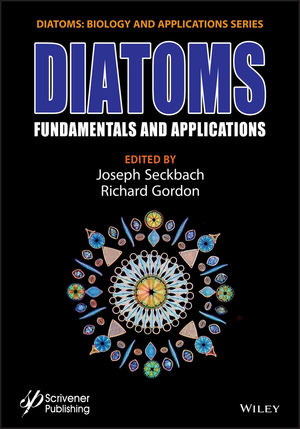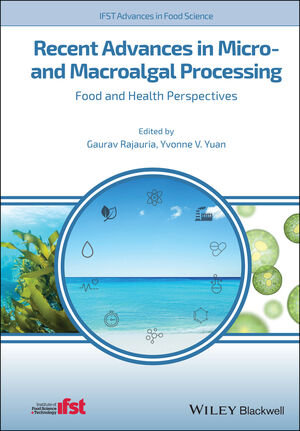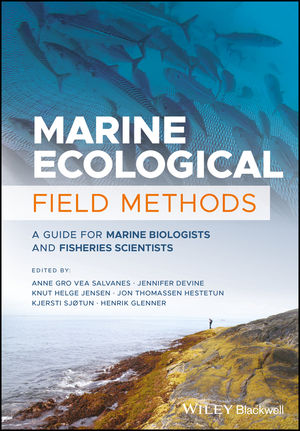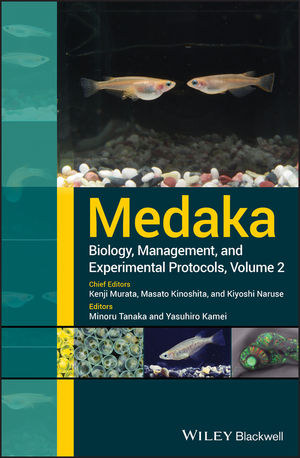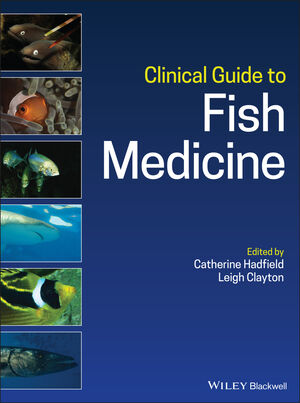
News & Views
Just the Good News
New project aims to aid recovery for Maine’s threatened sturgeon species
April 17, 2025 By Hatchery International staff
Maine scientists are researching the recovery of the Atlantic sturgeon and shortnose sturgeon in the state.
They are two of Maine’s 12 species of sea-run fish that split their time between fresh and salt water. But these fish are listed as threatened (Gulf of Maine Atlantic sturgeon) and endangered (shortnose sturgeon) under the U.S. Endangered Species Act.
Researchers at the Maine Department of Marine Resources (DMR) and the National Oceanic and Atmospheric Administration (NOAA) say there needs to be more information to better understand how sturgeon populations are doing, so a path toward recovery can be charted.
They are doing this together with the University of Maine School of Marine Science and the United States Geological Survey’s Maine Cooperative Fish and Wildlife Research Unit (CRU).
The project, funded by a $444,248 grant from the National Oceanic and Atmospheric Administration’s Species Recovery Grant Program, will identify research gaps, enhance data on nearshore threats, improve population abundance estimates, and engage the public in data gathering.
Currently, biological and behavioural data on sturgeons are housed in separate databases managed by DMR, UMaine and CRU. Included are 15 years of data on over 200 sturgeons tagged by UMaine researchers and millions of detections of tagged sturgeons by acoustic receivers in the Penobscot River and Kennebec River watersheds.
The initiative will combine the datasets into a platform for use by researchers and managers. “Integrating the data from acoustic monitors in our coastal rivers will support a better understanding of sturgeon populations, habitat use, and near-shore movement,” said DMR scientist Danielle Frechette, who is leading the project.
The scientists say some plans call for collaboration among acoustic telemetry receiver operators in the Gulf of Maine (GOM) to coordinate data sharing among receiver operators, including DMR, the US Geological Survey, the Navy, and other researchers.
In addition, researchers will capture and tag at least 20 individuals of each species per year for two years in the Kennebec and Penobscot Rivers. The tagged sturgeons will be detected by the existing array of receivers in Maine rivers and along the coast, building on the understanding of sturgeon movement in the GOM and coastal rivers.
The project will also involve the public in conservation efforts through citizen science initiatives and outreach to commercial and recreational fishermen, encouraging the reporting of sturgeon carcasses and bycatch.
DMR plans to collaborate with the Penobscot Nation to develop an educational program aimed at tribal youth. This is to reconnect them with a species of historic importance and to encourage them to pursue a career in natural resources.
“This work will develop the research necessary to support recovery of Atlantic and Shortnose sturgeons and will provide an opportunity for community members to be part of that exciting process,” said Frechette.
Print this page

